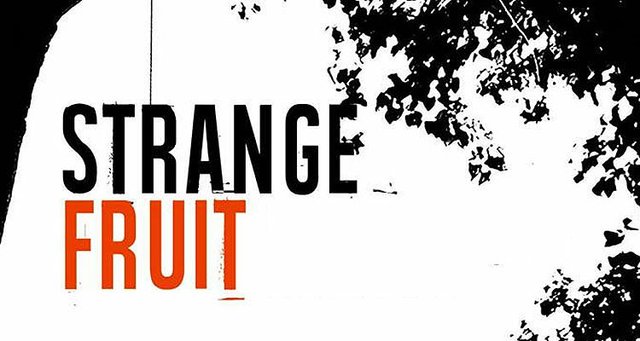Although the population of the United States is comprised of a variety of cultures, it has not had an easy time embracing this identity. Slavery, oppression, and maltreatment for people of certain ethnic backgrounds are cemented in the history of the nation and remnants of the like are still traceable today. Evidence of this is scattered throughout several landmark cultural pieces. Even the Star Spangled Banner throws up a red flag, its original lyrics bearing lines glorifying slavery. While discussing how the song and American flag were contextualized with slavery, William Robin writes; “the anthem has functioned as a powerful articulation of citizenship.”

Citizens of America have not forgotten this. San Fransisco quarterback Colin Kaepernick took a stand against the anthem in 2016 by taking a knee rather than standing and saluting the flag. He is quoted, “I am not going to stand up to show pride in a flag for a country that oppresses black people and people of color.” Kaepernick does not feel that he can personally be represented by the American flag. His bold action indicates the massive power held in this song from its origins in slavery and further historical contextualization.
While America has come a long way in adhering to its diverse population, institutional racism still exists in subtle forms. In discussing the tensions of racial division in modern day America, Daniel Kuehn states that “fairly mundane prejudices can have divisive impacts,” and justifies that “complacency in the face of racial disparities—simply because they are not overtly racist—can be very harmful.” According to his actions, Kaepernick feels that the people of America have remained complacent towards the initial intentions that the National Anthem was written with.
Indie rocker “Mitski” addresses her own experience with complacent forms of racism in her underground hit “Your Best American Girl.” In its chorus she sings “Your mother wouldn’t approve of how my mother raised me, But I do, I think I do, And you’re an all-American boy, I guess I couldn’t help trying to be your best American girl.” In these lyrics, Mitski expresses the feeling that she outsider to American culture a result of her Japanese heritage, and implies that there is pressure to adjust to the customs of the “American” boy. Like Kaepernick, Mitski is utilizing the position of power she has over listeners to share this message and not leave her feelings on the matter fall into the shadows.
Mitski speaks about the message of the lyrics in a Song Exploder podcast. She gives some background information on her own upbringing. “My Mother is Japanese and my father is American and so I never grew up with a sense of community, my sense of family is very different. I think I grew up more with a sense of everything will be lost at some point.” This exemplifies the divisive impacts that prejudices can have according to Kuehn, as this is a person whose life has been shaped by the feeling of being an outsider.
In an interview with Trevor Noah, Mitski is asked about the meaning of her album title “Be The Cowboy.” She states “I’m an Asian woman and I think I walk into a room and feel like I have to apologize for existing. I was so attracted to that idea of freedom and arrogance.” Here we see Mitski continue to battle complacency in her music. Centering an entire album on this concept is a bold statement. Explaining it with this level of depth on live television shows that Mitski is intent with her purpose. h

As we can see, music can be a very influential place when it comes to sharing ones beliefs. Both Colin Kaepernick and Mitski utilized their own respective positions to take a stand against complacency. With this in mind, it is essential for anyone in a position like this to remember the power they have, and for every listener to take note in what they are listening to and what it means.





















